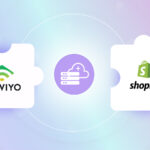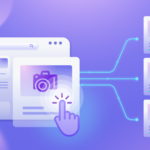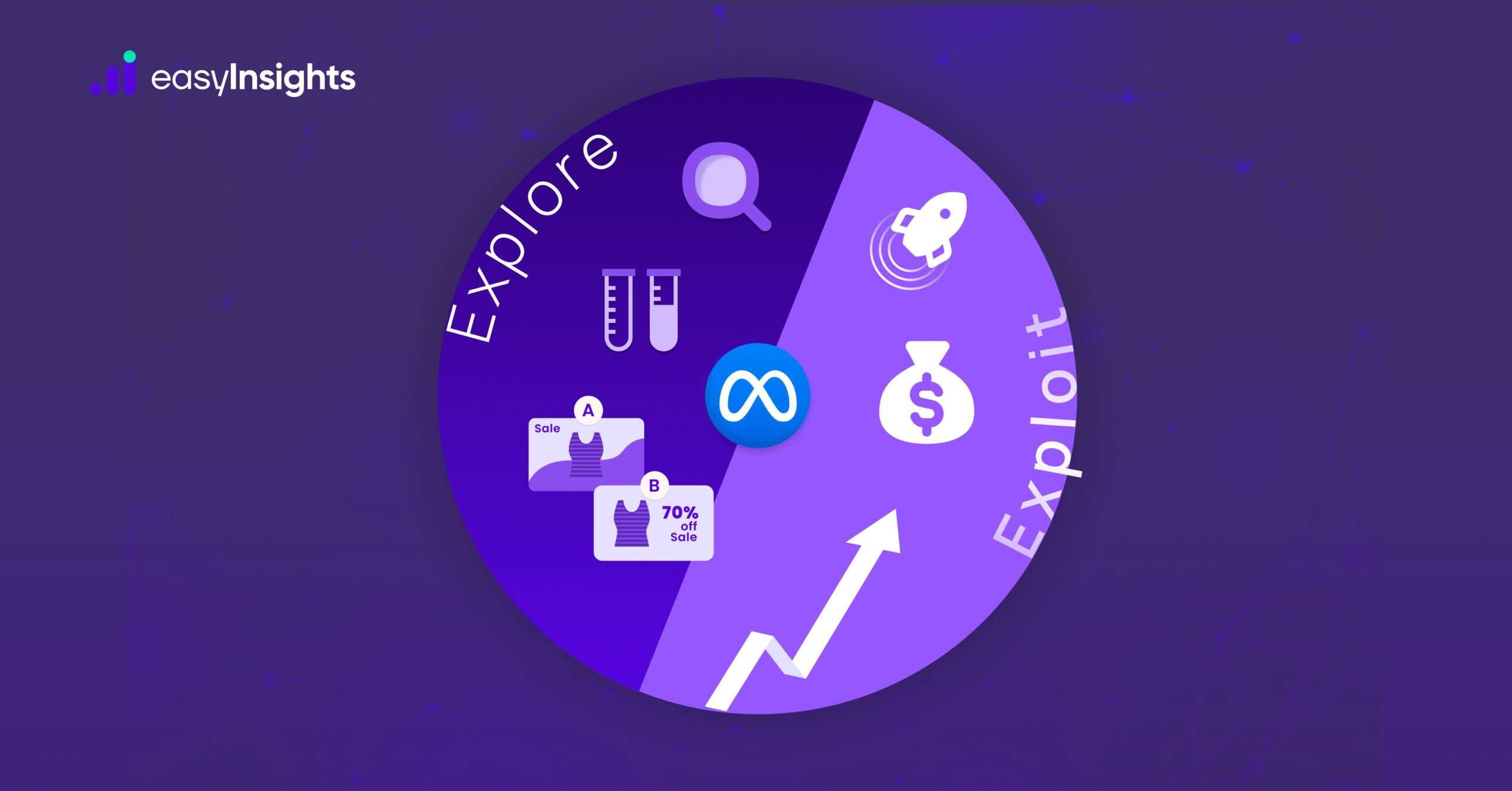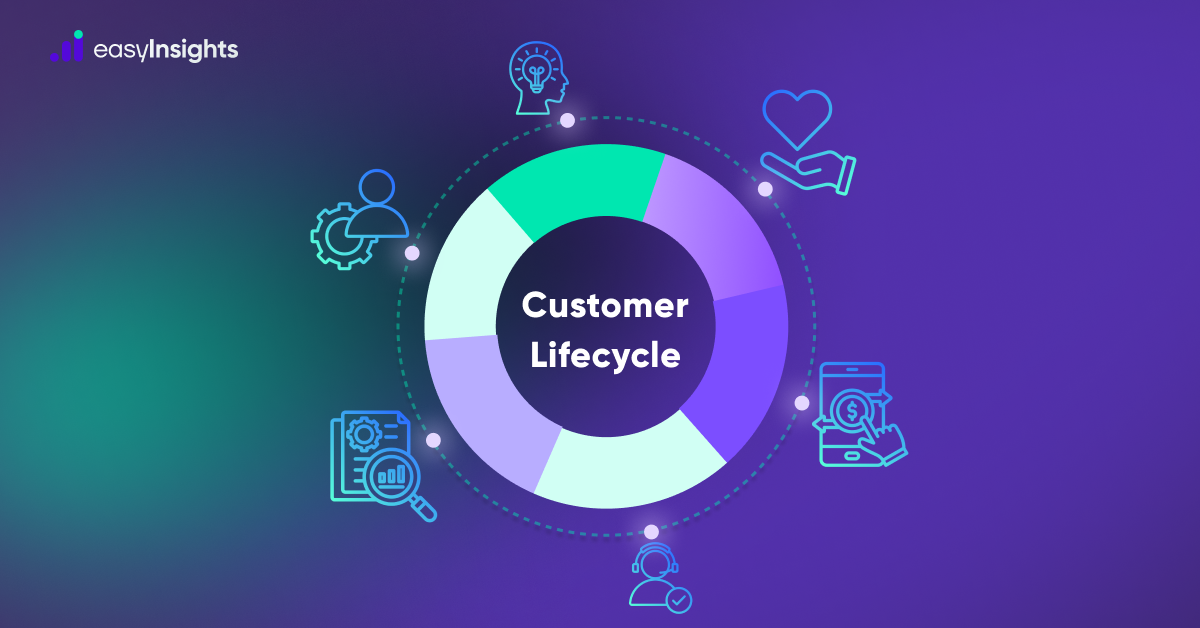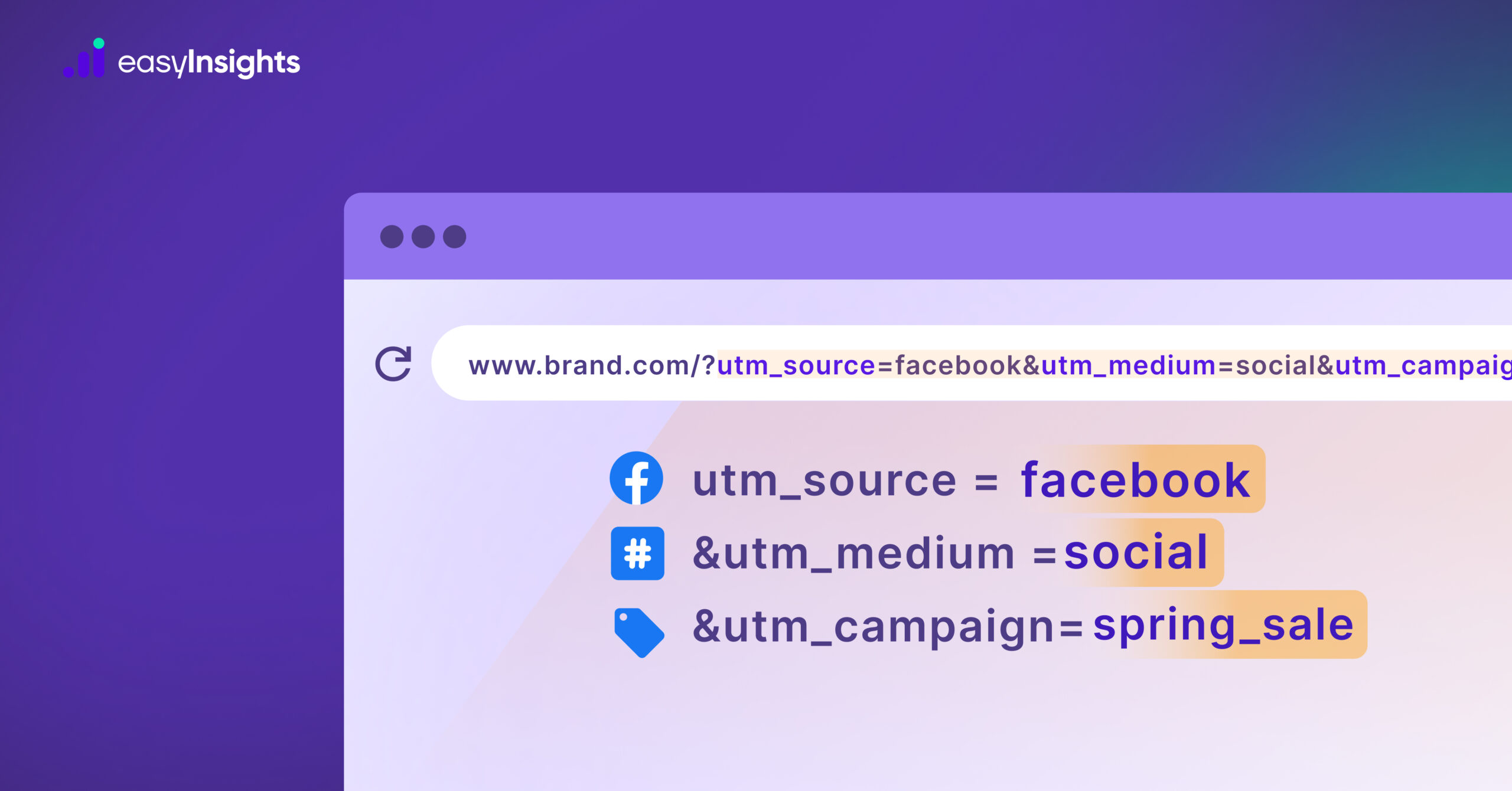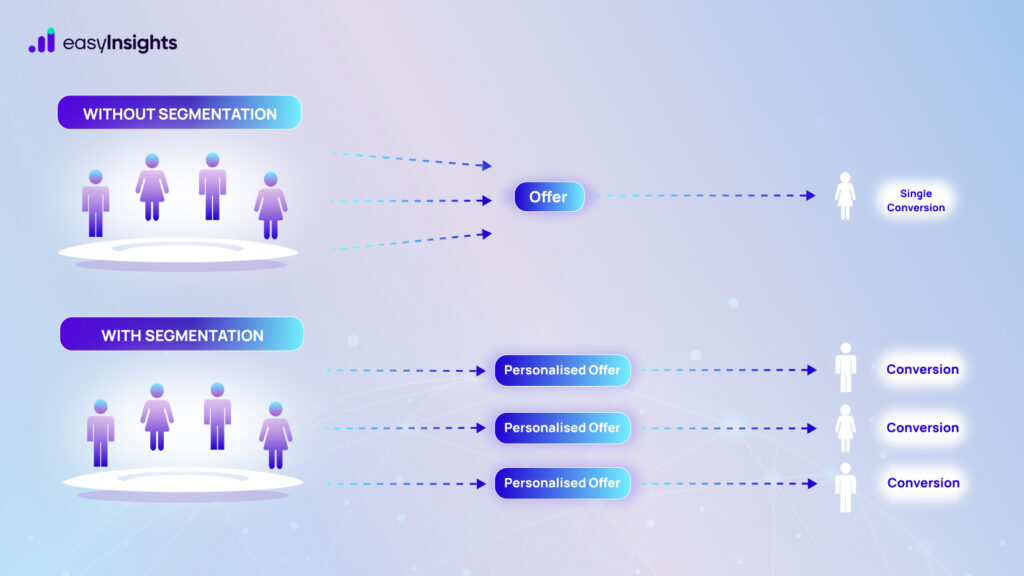
In today’s hyper-connected world, consumer attention is scattered, and one-size-fits-all campaigns rarely deliver results. That’s where audience segmentation becomes your marketing superpower.
By grouping your audience based on shared traits, behaviors, or interests, you’re not just organizing data; you’re crafting more meaningful and strategic experiences for your customers.
Let’s break down what it is, why it matters, and how it fuels smarter, data-driven marketing.
Jump ahead to:
What Is Audience Segmentation
Audience segmentation is the process of dividing your customer base into smaller, more defined groups. Each group shares specific characteristics like demographics, behaviors, interests, purchase history, or values. The goal? To better understand their needs and tailor your messaging accordingly.
Instead of shouting into the void, you’re speaking directly to the right people, at the right time, with the right message.
Why does Audience Segmentation Matter
Audience segmentation is one of the most powerful strategies in modern marketing – and here’s why it matters:
1. Better Personalization – Customers are more likely to engage with content that feels relevant to them. Segmentation helps you send personalized messages instead of one-size-fits-all campaigns.
2. Higher Conversions – When your messaging speaks directly to the needs and interests of each segment, it leads to better results – more clicks, signups, purchases, and overall engagement.
3. Smarter Ad Spend – Rather than wasting budget on broad targeting, segmentation lets you focus on high-value audiences who are more likely to convert – improving your return on ad spend (ROAS).
4. Improved Customer Retention – By understanding your customers better, you can keep them engaged through timely and relevant communication – reducing churn and boosting loyalty.
5. Data-Driven Decisions – Segmentation helps you analyze performance by audience type, so you can see what’s working and refine your strategy accordingly.
Types of Audience Segmentation
Here are the four most common segmentation types to help you get started:
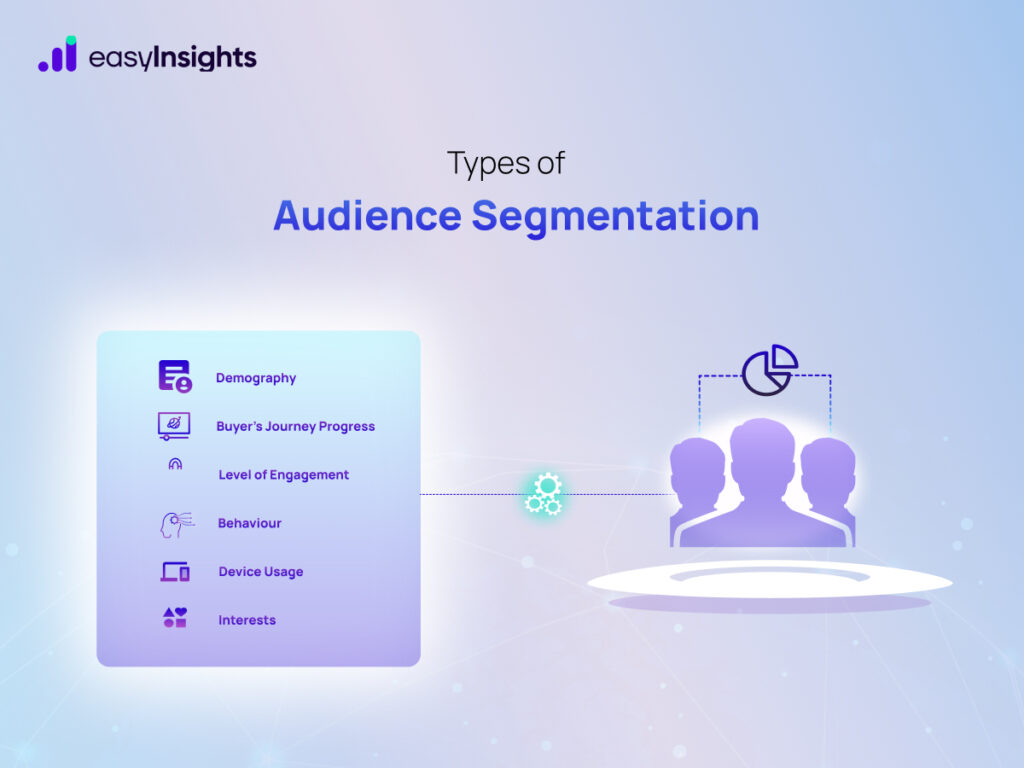
1. Demographic Segmentation
This is the “who” behind your audience. Demographic data includes traits like age, gender, income, education level, and marital status. It gives you a general overview of who your customers are. While it offers a good starting point, pairing it with deeper segmentation types can reveal far richer insights.
2. Behavioral Segmentation
Behavioural segmentation examines what people do, rather than just who they are. This could include their shopping habits, browsing behavior, purchase frequency, brand interactions, and even the kind of devices they prefer. It’s great for identifying patterns in how people engage with your brand across different touchpoints.
3. Interest Segmentation
Group your audience based on what they genuinely care about, like fitness, tech gadgets, fashion, or travel. This helps you deliver content and products aligned with their passions.
4. Buyer’s journey progress
Segment users by where they are in the sales funnel: awareness, consideration, or decision stage. Tailor your messaging accordingly, from educational content to final-purchase nudges.
5. Level of engagement
Identify how actively your audience interacts with your brand: highly engaged (opens emails, visits often), moderately engaged, or inactive. Personalize outreach to re-engage or reward accordingly.
6. Device usage
Segment by the devices your audience prefers: mobile, desktop, tablet. This helps optimize content formats, UX, and ad placements for better conversion rates.
Additional Reading: User Segmentation in Marketing – All You Need to Know
How to do Audience Segmentation
1. Collect Data
Use tools like EasyInsights, Google Analytics, or your CRM to gather data on user behavior, demographics, and preferences.
2. Choose Segmentation Criteria
Decide how you want to group your users – by demographics, behavior, interest, device, or lifecycle stage.
3. Create Segments
Build specific audience groups. For example:
- Users who added to cart but didn’t buy
- First-time visitors from a specific location
- High-LTV customers who purchase monthly
4. Target with Personalized Campaigns
Tailor your ads, emails, or website content based on the segment. Show relevant products, offers, or messages that match their needs or actions.
5. Activate & Sync Across Channels
Push these segments into your marketing platforms (Meta, Google Ads, Email, etc.) so your campaigns reach the right audience automatically.
6. Track & Optimize
Monitor how each segment responds. Tweak your campaigns based on results to improve engagement and conversions.
Top Audience Segmentation Strategies in 2025
Once you’ve chosen how to segment your audience – by interest, behavior, or demographics – it’s time to decide how to engage them. Whether it’s through personalized emails, targeted ads, or custom landing pages, your strategy should be smart and scalable. Here are some proven tips to use audience segmentation effectively:
1. Real-Time, AI-Driven Segmentation
Modern segmentation tools like EasyInsights, Segment and empower marketers to analyze live behavioral data – clicks, visits, purchases – across web, mobile, and CRM platforms. This real-time view allows for campaign personalization on the fly, ensuring ads, emails, and on-site experiences remain highly relevant.
2. Psychographic & Behavioral Targeting
AI-powered platforms now go beyond “who” your audience is – they analyze why they buy. By combining behavioral data (like browsing patterns or in-app activity) with psychographics (values, interests, motivations), brands create emotionally resonant experiences.
3. Hyperlocal & Micro-Community Segmentation
In 2025, location-based targeting isn’t just about geofencing cities. AI tools enable micro-region segmentation, neighborhoods, apartment clusters, and even specific online subcultures. Brands are layering this with behavioral insights to deliver hyper-personalized offers.
4. Continuous Segment Optimization
Segmentation is no longer a set-it-and-forget-it task. Machine learning algorithms now automatically refine audience segments based on campaign performance and evolving user behavior. This creates a dynamic feedback loop – your segmentation gets smarter with every click, view, and conversion.
5. Multi-Dimensional Targeting Models
Leading brands no longer rely on a single lens to view their audience. Instead, they create multi-layered segmentation models by combining:
- Demographics (age, income, job title)
- Behavioral data (purchases, app usage)
- Psychographics (interests, values)
- Geographic data (city, neighborhood, language)
- Value tiers (LTV, engagement level, repeat purchase probability)
6. Value-Based and Predictive Segmentation
With rising acquisition costs, brands are now prioritizing value-based segmentation – focusing on customers most likely to convert or drive high LTV. AI models can segment users by predicted lifetime value, churn risk, or purchase frequency.
Conclusion
Audience segmentation isn’t just a marketing tactic; it’s a mindset shift. In a world where relevance determines results, segmentation helps you deliver the right message to the right people at the right time. By understanding the diverse motivations, preferences, and behaviors within your audience, you unlock the power to create campaigns that truly connect.
But segmentation is only as effective as the data behind it. That’s where EasyInsights helps to consolidate your marketing and sales data from platforms like Google Ads, Facebook, Shopify, Klaviyo, and more, all in one place. This allows you to go beyond surface-level targeting and tap into deep, actionable insights across every customer touchpoint. From identifying your most profitable segments to tracking how each group moves through the funnel, EasyInsights equips you with the intelligence to segment smarter, spend wiser, and grow faster.
To know more Book a demo Today!


